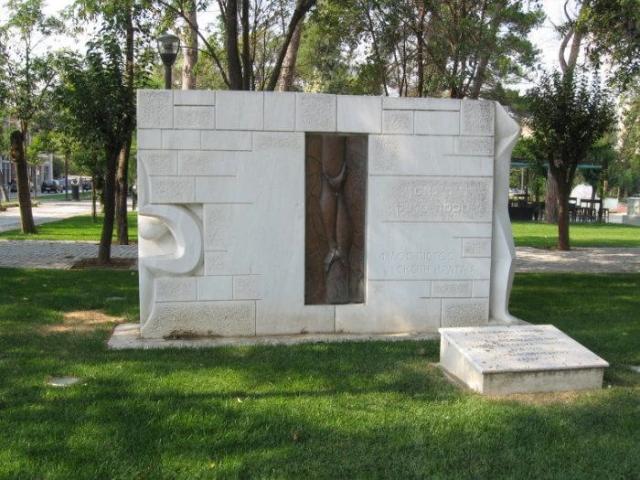Englishman David Irving who supported similar views was brought to trial and was convicted. In France, where collaborationism and the cooperation of the government in Vichy were concealed for years, these theories were pointed out by less serious representatives such as Robert Faurisson and Paul Rassinier, but also by former Marxist Roger Garaudy. The extreme left intersected with the extreme right. Faurisson, who unlike Nolte, denied the very existence of the gas chambers, was soon expelled from the University of Lyon and the first texts that deconstructed this forgery were written by Nadine Fresco and Pierre Vidal-Naquet ("A Paper Eichmann", "Assassins of Memory"). In his extremely important texts Pierre Vidal-Naquet (known in Greece for his works, commenting on history, philosophy and mythology of ancient Hellas) deconstructs the arguments of Holocaust deniers, showing the mechanism of constructing a lie. Later France voted laws banning the expression of such views (the first of them being the Gayssot law) and prohibiting their publication and dissemination. There has been a wide discussion on the functionality of these laws (which were then multiplied) as well as a challenge on the part of the community of historians who are worried about their canonical functioning.
The last text by Primo Levi published in "La Stampa" newspaper just three months before his suicide, entitled "The Black Hole of Auschwitz" (the one that ultimately engulfed him) is dedicated to the anxiety caused by these ideas and, of course, to the relevance that they conceal and the purposes they serve.
- In one of your studies "Problems of the Museums of the Genocide and the Resistance Movement: the European and American Model" you draw parallels between the similarities and differences in the approach to the preservation of memory in Europe and overseas. Which are the main conclusions in this comparison?
- The differences are due to the mentality dominant in the creation of museums. I mean the major museums in the United States that opened their doors almost simultaneously in the spring of 1993, namely the Museum of Tolerance/Simon Wiesenthal Center in Los Angeles and the Holocaust Memorial Museum in Washington. American museums tend to evoke a burst of emotions by reconstructing the tragedy, leaving open the wound in those who carry the memories but mostly provoking an emotional shock that will open a new "wound" in those who now learn for the first time, in those who were born after the war. The methods they use aim to make the visit memorable, through dialogues carried out with the help of multimedia devices. This purely American experience involves a spacious room with lots of TV screens connected to a CD-ROM with which the visitor communicates, asking questions on the topic of racism in contemporary California society and receiving answers to them. It is natural for the phenomena of racism and xenophobia to engage a par-excellence multinational society in which white American citizens make up only 40% of the population.

On the other hand, it seems that a different mentality prevails outside America, such as that of the younger staff at Yad Vashem and at the French museum I have in mind, "Centre de Résistance et de Déportation" in Lyon (Resistance and Deportation History Centre), which today is one of the most modern museums in Europe dealing with this era. However, a typical feature of it is the fact that it is called a centre instead of a museum as it is engaged in research work. It is considered that the Resistance and Deportation History Centre in Lyon is representative not only of the French but also of the broader European concept of the subject. The Centre is equally aimed at adolescents who must now learn, to people who have memories of that time and want to remember but also to researchers and historians. It achieves popularisation that does not detract from the nuances and usually avoids the pitfalls of simplistic and Manichean rhetoric. Let us briefly recall the specific importance of the city in the French history of the Resistance, which explains why such a museum has appeared there. Lyon was a metropolis in the southern zone, where the French Resistance found refuge: in short, we are talking about the capital of the Resistance. On the one hand, the city of Jean Moulin (1899-1943), an emblematic figure in the French Resistance, and on the other, a city where senior Nazi Klaus Barbie acted along with others. Moreover, the notorious trial of Klaus Barbie, who was responsible for the deportation of the Jewish community of Lyon, took place there in 1987. Last but not least, during the 1980s, Lyon also became the cradle of French revisionism, of the "theory" that denies the genocide of Jews, as the person who introduced it in France, Robert Faurisson, was teaching at the local university before being excluded from the university community. So, in this environment with increased sensitivity, the Centre plays a role in response to revisionism as well, by being a continuous, symbolic projection of the Barbie trial.